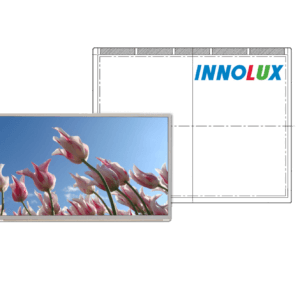Industrial operating temperature range
Full observation angles

Using an IPS/MVA (or a variation thereof) matrix, the display is readable from all angles. There is no grayscale inversion effect that characterizes popular TN matrices. Also, the decrease in contrast when increasing the viewing angle is much lower.
High brightness

High brightness of the image (high brightness) is a feature that is extremely useful when the display is in bright sunlight. With this functionality, the content displayed is fully readable by the user. High Brightness displays can be successfully used, for example, in exhibitions, kiosks, on trains and buses, as digital signage, or as part of other outdoor solutions.








